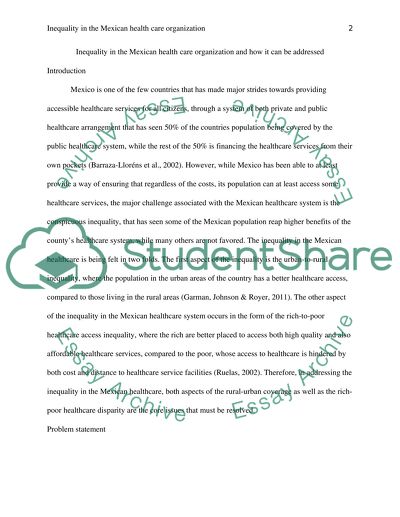Cite this document
(“Healthcare Model Presentation Essay Example | Topics and Well Written Essays - 1500 words”, n.d.)
Healthcare Model Presentation Essay Example | Topics and Well Written Essays - 1500 words. Retrieved from https://studentshare.org/nursing/1491694-healthcare-model-presentation
Healthcare Model Presentation Essay Example | Topics and Well Written Essays - 1500 words. Retrieved from https://studentshare.org/nursing/1491694-healthcare-model-presentation
(Healthcare Model Presentation Essay Example | Topics and Well Written Essays - 1500 Words)
Healthcare Model Presentation Essay Example | Topics and Well Written Essays - 1500 Words. https://studentshare.org/nursing/1491694-healthcare-model-presentation.
Healthcare Model Presentation Essay Example | Topics and Well Written Essays - 1500 Words. https://studentshare.org/nursing/1491694-healthcare-model-presentation.
“Healthcare Model Presentation Essay Example | Topics and Well Written Essays - 1500 Words”, n.d. https://studentshare.org/nursing/1491694-healthcare-model-presentation.


